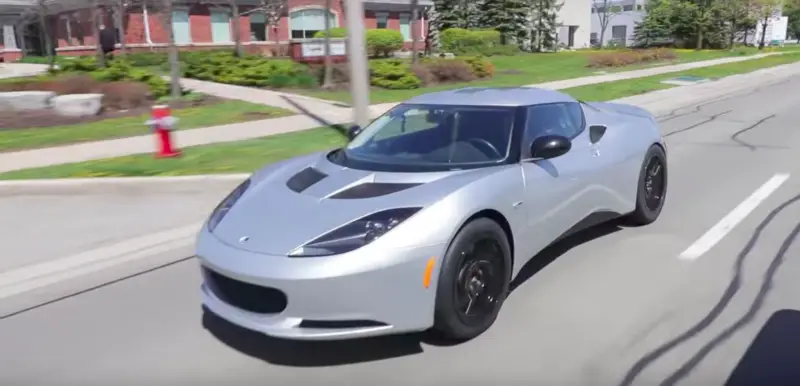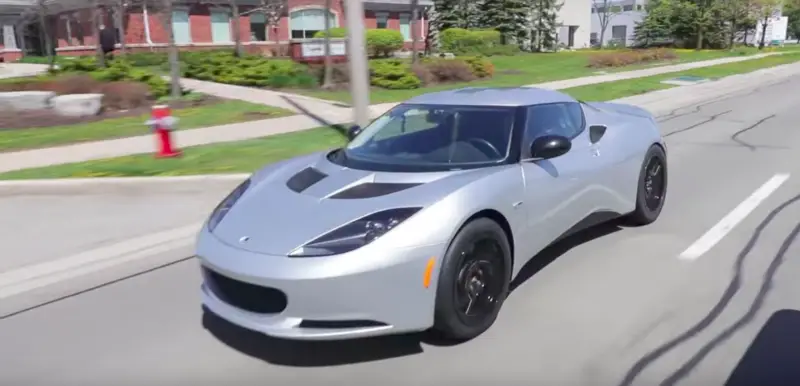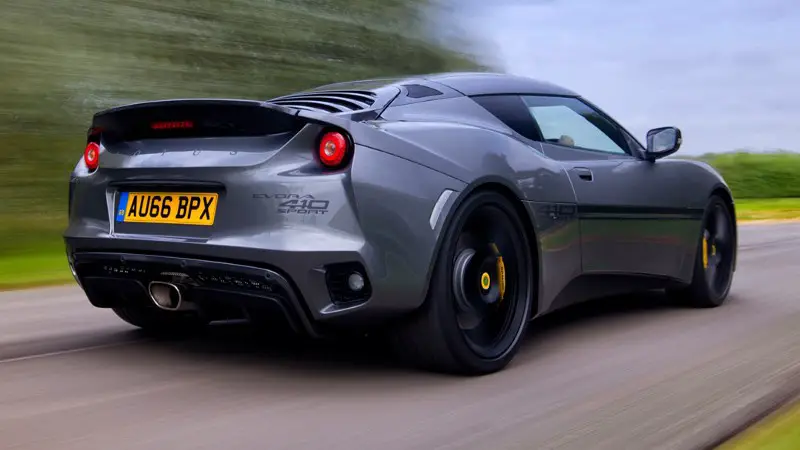Blue Lighting Electric Lotus Evora
Blue Lightning, a Lotus Evora that’s been converted to electric drive in Canada using Tesla Model S and Chevy Volt bits is easily one of…


Blue Lightning, a Lotus Evora that’s been converted to electric drive in Canada using Tesla Model S and Chevy Volt bits is easily one of the most exciting EV projects out there. With its customization traction control and a basic rear-wheel drive setup, it’s the the kind of budget electric performance car you all eager to start experimenting with.
With its lightweight chassis of bonded aluminum, supple suspension, and mid-engine layout, there’s nothing ordinary about the Evora . The estimated acceleration is 0-60 time of 4.3 seconds and a top speed of 172 mph. Handling is lively, steering is light yet responsive, and the brakes excellent; acceleration, however, doesn’t feel as strong as expected to be.Evora has regenerative paddle shifting that enables the driver to bring the car to a complete stop with the paddles alone.
The Evora charges up in 10 hours on a 3.3 kW charger but there is an upgrade that will integrate CHAdeMO DC fast charging, which will enable an 80% charge in just 35 minutes. The 32 kWh battery pack is loaded in just behind the passenger seats and currently allows quite a bit of motor noise into the cabin, as there is no insulation or firewall shielding it from the passenger cabin. This will ,however, be corrected . There’s a custom carbon fiber enclosure in the works that will surely look amazing and add a pop of super car luxury to the interior.
The cooling system is completely custom hence leaving room in what used to house the engine. On the heating side, the car has been designed to tap the heat into the heat into the drive unit which in combination with the heater core, provides cabin heat through the factory climate control system.
The Evora has morphed from something charmingly delicate into a machine in a more different, serious league. Stiffer springs and dampers mean the low-speed ride is tougher, but hey, it’s still more supple than most quick sports cars . And at speed, things start to breathe serenely behind you.
The steering was once one of the most vivid systems in the whole of car-land, but now it talks slightly less of the ever-altering slip angles and tyre weighting. That’s partly because its geometry has been modified to reduce kickback and tram lining, but mostly because slip angles are lower now.
Acceleration out of tight bends is supercar quick — not just because of that power-to-weight business, but because of astounding traction, plus a traction control system that operates at the point where the digital fades into the lyrical.
What does the future hold for Blue Lightning? The team clearly has some work to do on the aesthetics of the interior as well as a few more functional upgrades, like power steering and better brakes. Stay current on the project over at Lotus Forums or over on the official Blue Lightning project page.





